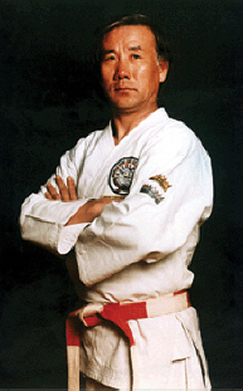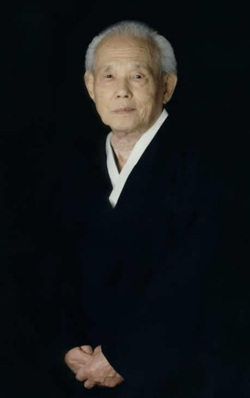|
History of the World Tang Soo Do Association
In 1968 Master Jae Chul Shin came to the United States of America as the U. S. representative for the Korean Tang Soo Do Association. He formed the U. S. Tang Soo Do Federation in Burlington, New Jersey, in 1968. This traditional Korean martial art was quickly accepted and soon grew in popularity throughout the world. The organization reformed to fit new demands internationally, and on November 13 and 14th, 1982, a charter convention of the World Tang Soo Do Association was held in Philadelphia, PA. With the advent of the World Tang Soo Do Association, Tang Soo Do began a new era of development as a traditional martial art. History of Tang Soo Do Tang Soo Do's founder, Grandmaster Hwang Kee, created a combined martial art in the 1940s which brought together the strength, stability, and hand techniques of several systems with kicking techniques that later became the hallmark of Taekwondo. Hwang Kee learned Chinese martial arts during his time in Manchuria and also studied a variety of Okinawan and Korean martial arts systems including Tae Kwon Do and Su Bak Do. After his return to Korea, Hwang Kee founded his first Moo Duk Kwan martial arts school in 1945. Some of Tang Soo Dos’s forms (hyungs) closely resemble those taught by Grandmaster Gichin Funakoshi style of karate, Shotokan. Others forms are believed to be rooted from Chinese systems. The meaning of “Tang Soo Do” is “The way of the Chinese hand”. In 1948, at the age of 12 years, Jae Chul Shin began training at the Moo Duk Kwan Central Gym. In 1960, Grandmaster Hwang Kee registered his style with the Korean government as Moo Duk Kwan, Tang Soo Do. History of Korean Martial Arts The very first evidence of this ancient form of Korean martial arts appeared during the Three Kingdom era (57 BC-935 AD) as Hwa Rang Do. Since then, 2,000 years have passed. The indigenous martial arts quietly developed through generations of the Korean people. During some eras it flourished and other times it diminished, according to the political, economic or cultural environment. The art was known by various names throughout the eras as Hwa Rang Do, Moo Sul, Kyuck Too Ki, Soo Bahk Ki, Soo Byuck Ki, Taek Kyun etc. Following 1945 Korean independence, the Korean martial arts again merged and flourished throughout the entire Korean peninsula. Many organizations were founded with various names such as Soo Bahk Do, Tang Soo Do, and Tae Soo Do. |
Grandmaster Jae Chul Shin
Grandmaster Hwang Kee
|
Proudly powered by Weebly


